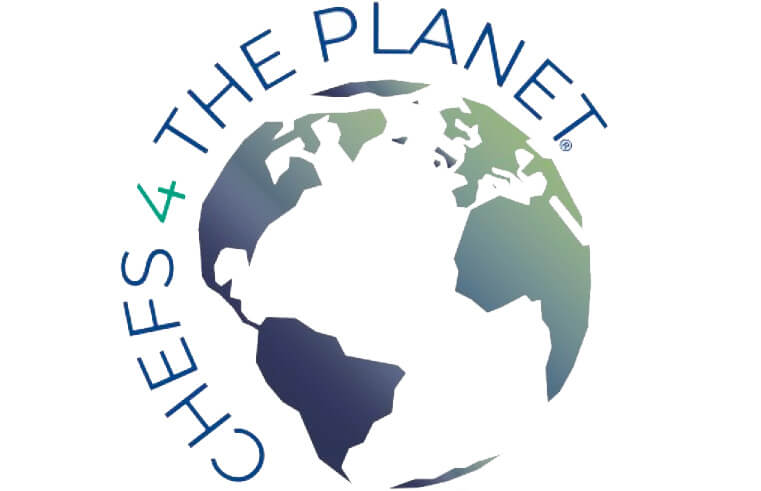There’s a huge discrepancy between how consumers believe recycling works and the system that actually exists. Companies can do better.
BY CHARLIE PARADISE AND JAMIE MUNGER3 MINUTE READ
If you’re like most American consumers, the term compostable plastic evokes images of plastic bags and packaging gently decomposing into dirt over the course of a few months. It’s reasonable to think this kind of packaging is eco-friendly, based on what we know about composting. In fact, this couldn’t be further from the truth.
There’s a huge discrepancy between how consumers believe recycling and composting work, and the system that actually exists. While problematic, it represents an opportunity for brands to meet consumers where they are and provide packaging that functions as consumers already believe it does.
In a recent survey conducted by Smart Design, respondents ranked compostable plastics as a more sustainable material than recycled plastic or paper fiber. Unfortunately, compostable plastic breaks down only under the specific heat and moisture conditions of an industrial composting facility—a fact that only 22% of people we surveyed were aware of. Toss a compostable plastic bag into a landfill or composting bin, come back a year later, and you’ll find . . . plastic.
You can chalk up part of this misunderstanding to greenwashing, but there’s also a basic truth of human nature at play. People like to feel they’re doing the right thing, and they seize upon messages that support this. If that emotional need is fulfilled, they tend to suspend their skepticism and interpret the message in the most comforting way possible. This is the main reason “wish-cycling”—putting things in recycling things that we wish belonged there—is so common, driving the average contamination rate in curbside recycling to about 25%.
The issue of consumers behaving as if the system already works the way they want it to goes far beyond composting and recycling. The decisions we make about what to eat, how to travel, and what to buy all have big environmental implications, but they’re often made from a false utopian perspective, where electric cars and free-range beef have no impact whatsoever.
This might be frustrating when we’re just trying to do the right thing, but it offers clues on how brands can work with consumers to bridge the gap between perception and reality, and encourage more sustainable choices.
DESIGN BACKWARD FROM THE DREAM
Consumers’ fantasies show us the world they want to inhabit, and brands can use this information to tell them what to build. If consumers expect their compostable packaging to turn into dirt, maybe the best solution is to give them just that. The U.K. brand Snact, for example, packages its fruit bars in a corn-and-wood-based wrapping that can decompose in a home compost bin. Even durable goods like smartphones are getting redesigned packaging that can be easily recycled or composted in the garden.
INVEST IN INFRASTRUCTURE
In 2019, Nespresso invested more than a million dollars in New York City’s curbside recycling program to enable the recovery of its aluminum coffee pods. Pod-based coffee systems have inherent problems with sustainability, but rather than cut and run, Nespresso decided to tackle the issue head on. By creating the necessary infrastructure, the company was able to stand out as a more eco-conscious alternative.
USE NATURAL TECHNOLOGIES
Long before the advent of plastic packaging, natural materials like banana leaves and corn husks were used to hold our food. Today we are seeing some businesses, like a supermarket in Thailand, return to these roots and leverage natural materials to replace plastic packaging.
There are hundreds of ways to make our sustainability fantasies into reality, but they all start with understanding what consumers are actually doing. Only then can we redesign the experience to fit their behavior, and not the other way around.
Original article here: https://www.fastcompany.com/90605651/the-stuff-you-buy-isnt-nearly-as-recyclable-as-you-think-blame-corporate-america


